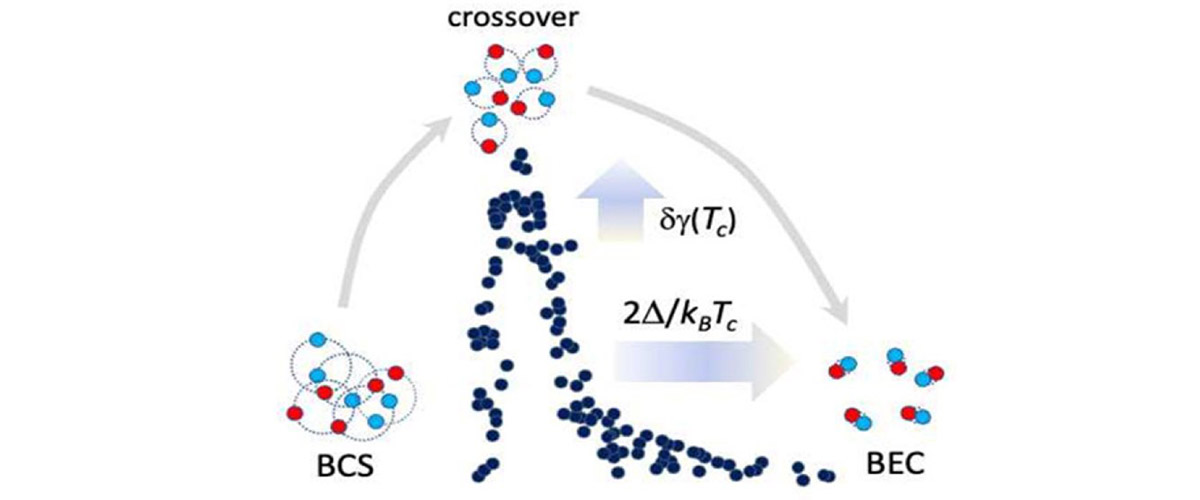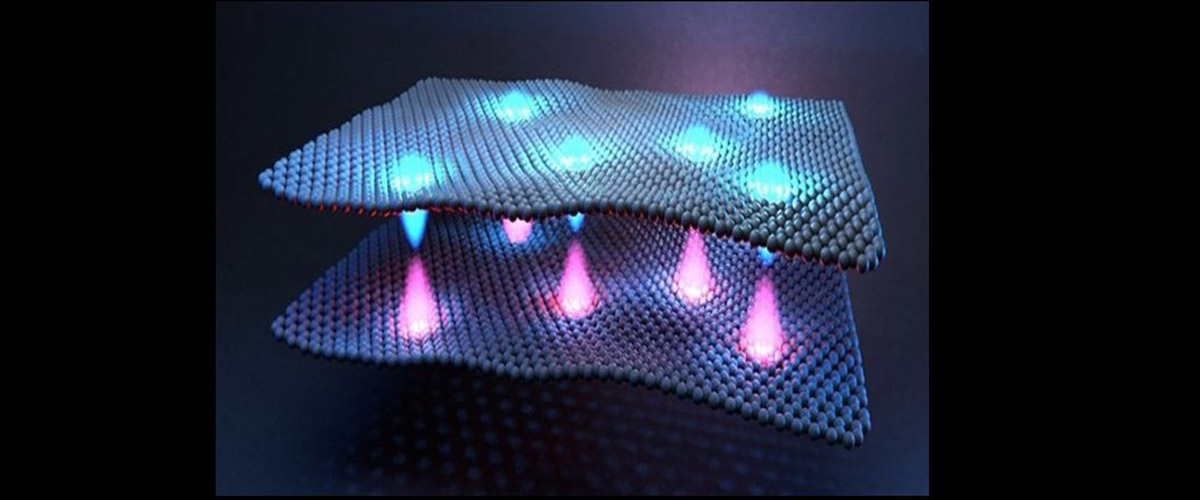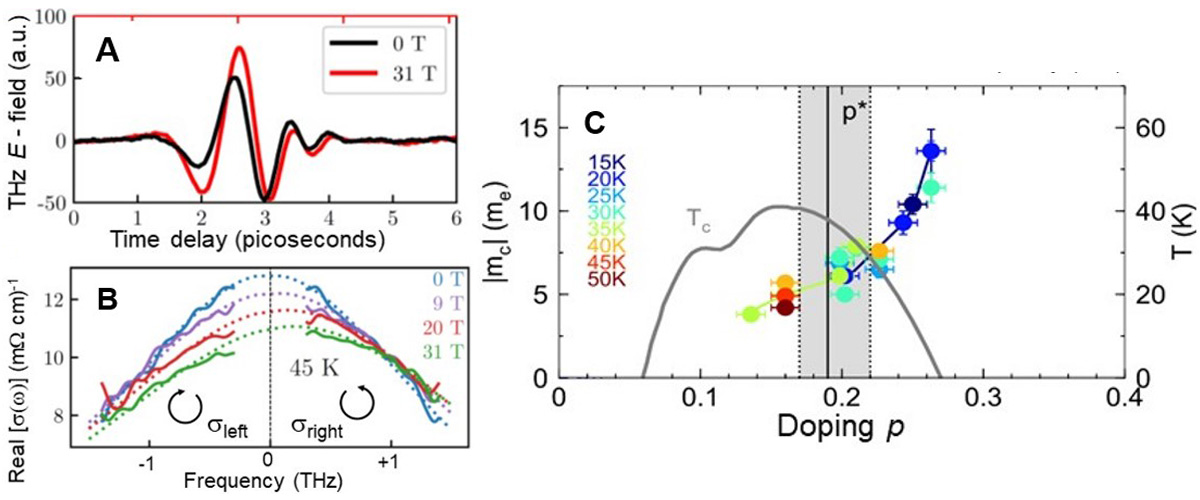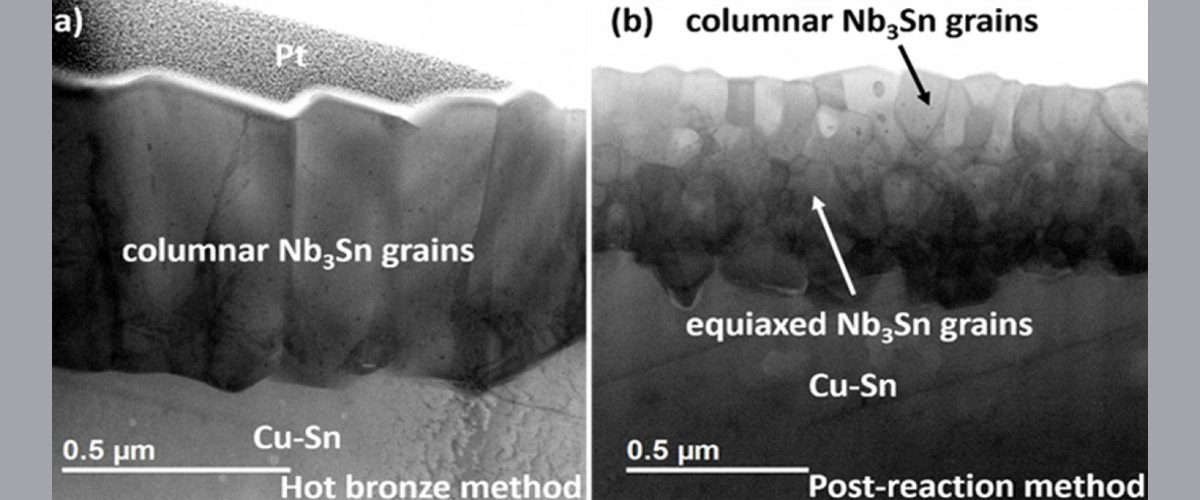What did scientists discover?
A Bose-Einstein condensate (BEC) is a macroscopic quantum state in which all of the particles acquire phase coherence at low temperatures. In doing so, they exhibit superfluidity. MagLab scientists compared data from seven different superconducting cuprates and found a magic gap ratio at which the robustness of the condensed state is a maximum. This indicates that the same underlying principles that cause pairs of fermions to acquire macroscopic phase coherence at ultracold temperatures also cause the same effect to occur in the high-Tc cuprates.
Why is this important?
Tunable interactions that lead to a crossover in the pairing from conventional (BCS) superconductivity to BEC are believed to be universal to all fermionic systems throughout the cosmos. Tunable interactions are believed to be important for understanding the formation of atomic nuclei, quark-gluon plasmas in the early universe, and color superconductivity in neutron stars. A similar magic gap ratio, at which superfluid states become optimally robust, is also predicted to occur in the iron-based superconductors and twisted graphene.
Who did the research?
Neil Harrison and Mun K. Chan
National MagLab - LANL
Why did they need the MagLab?
In addition to having unique high magnetic field magnets, the MagLab supports world-class in-house scientific research. This much-publicized in-house research benefited from interactions with many MagLab users and was supported in part by the “Science of 100 Tesla” grant from the Department of Energy’s Basic Energy Sciences.
Details for scientists
- View or download the expert-level Science Highlight, Magic Gap Ratio at the "BCS Superconducting to Bose-Einstein Condensate" Crossover in the High-Tc Cuprates
- Read the full-length publication Magic Gap Ratio for Optimally Robust Fermionic Condensation and Its Implications for High−Tc Superconductivity, in Physical Review Letters
- This paper was featured at the Physical Review Journal Club.
Funding
This research was funded by the following grants: G.S. Boebinger (NSF DMR-1644779); N. Harrison (BES LANLF100)
For more information, contact Neil Harrison.






